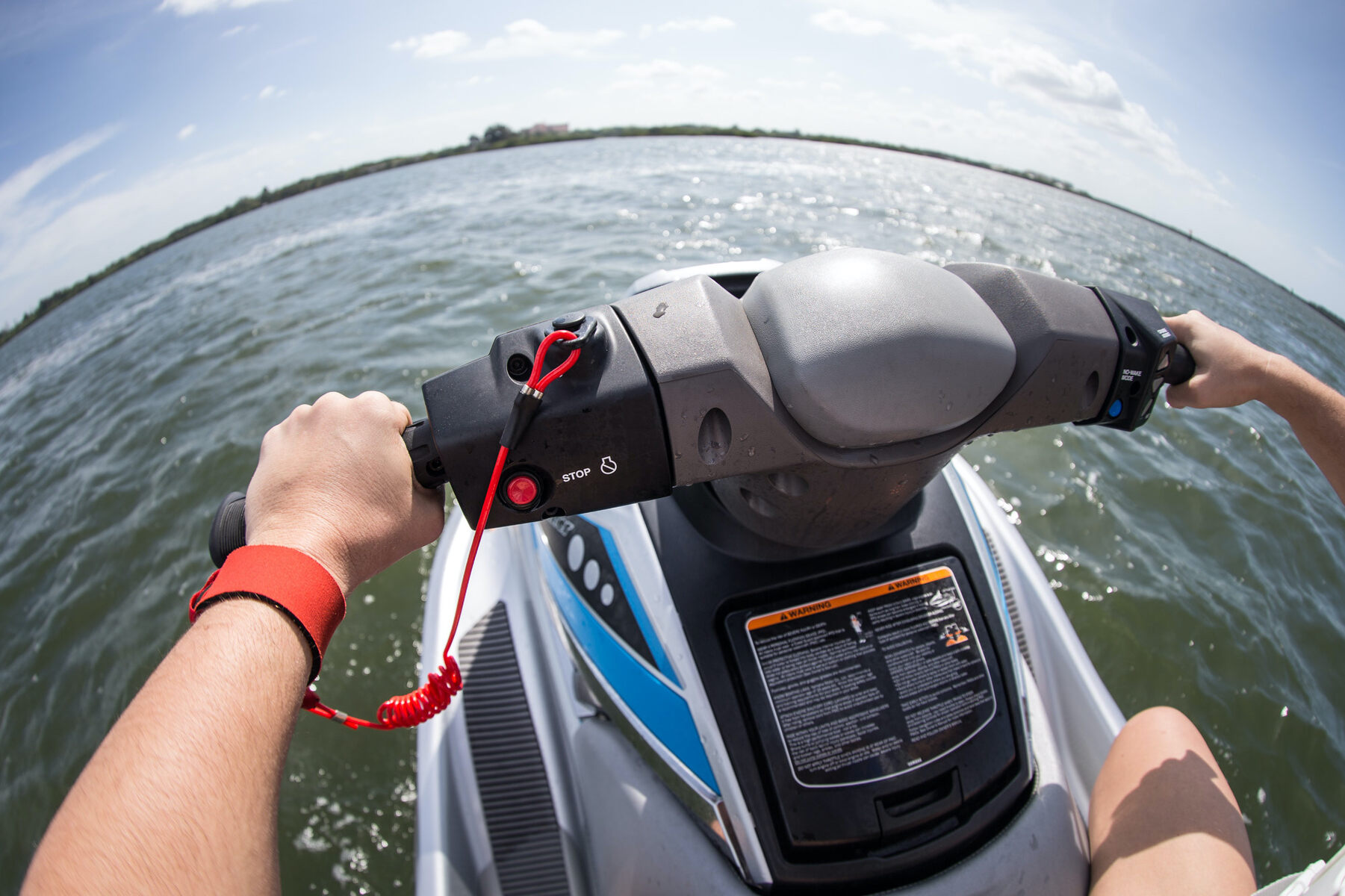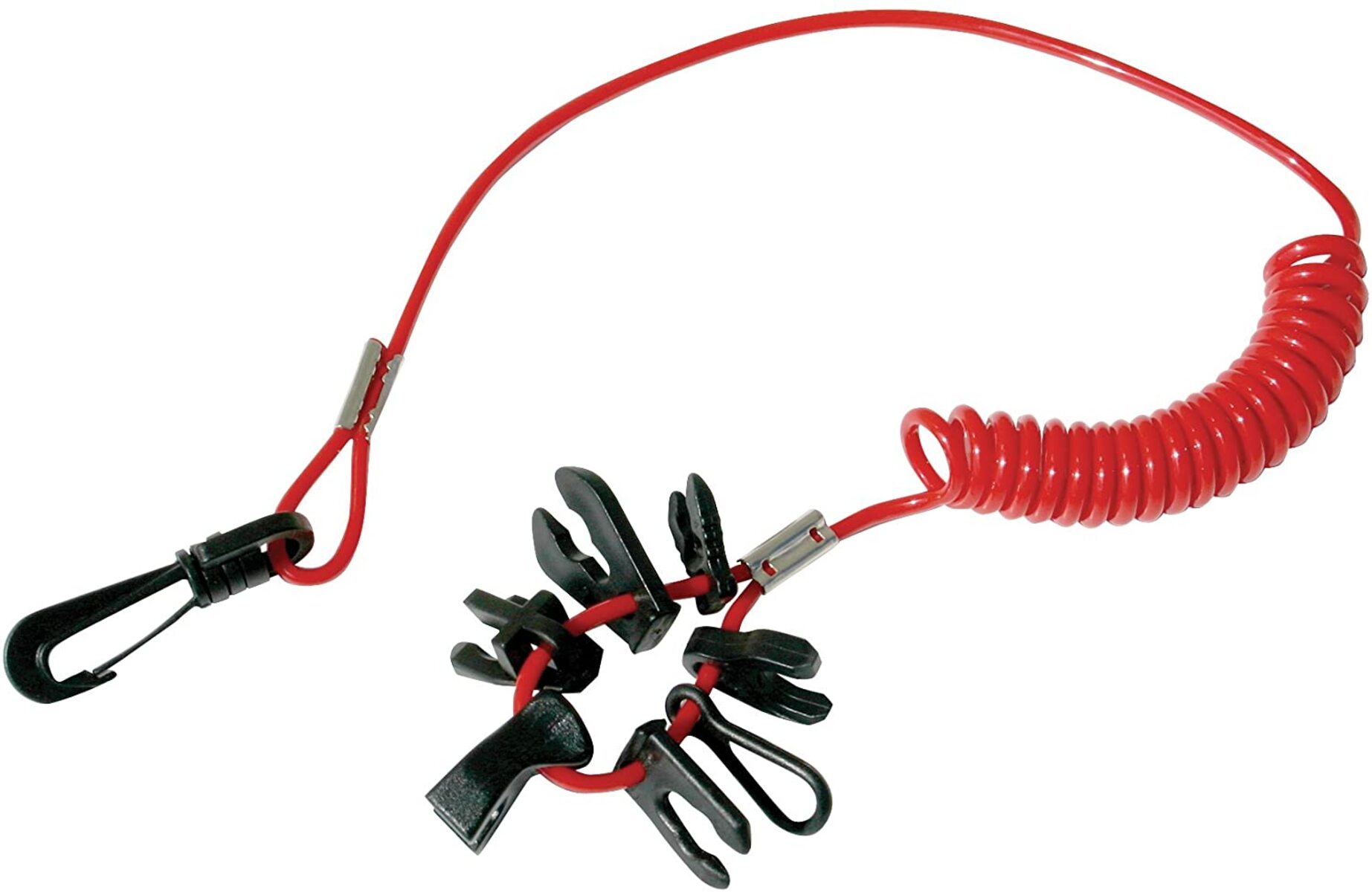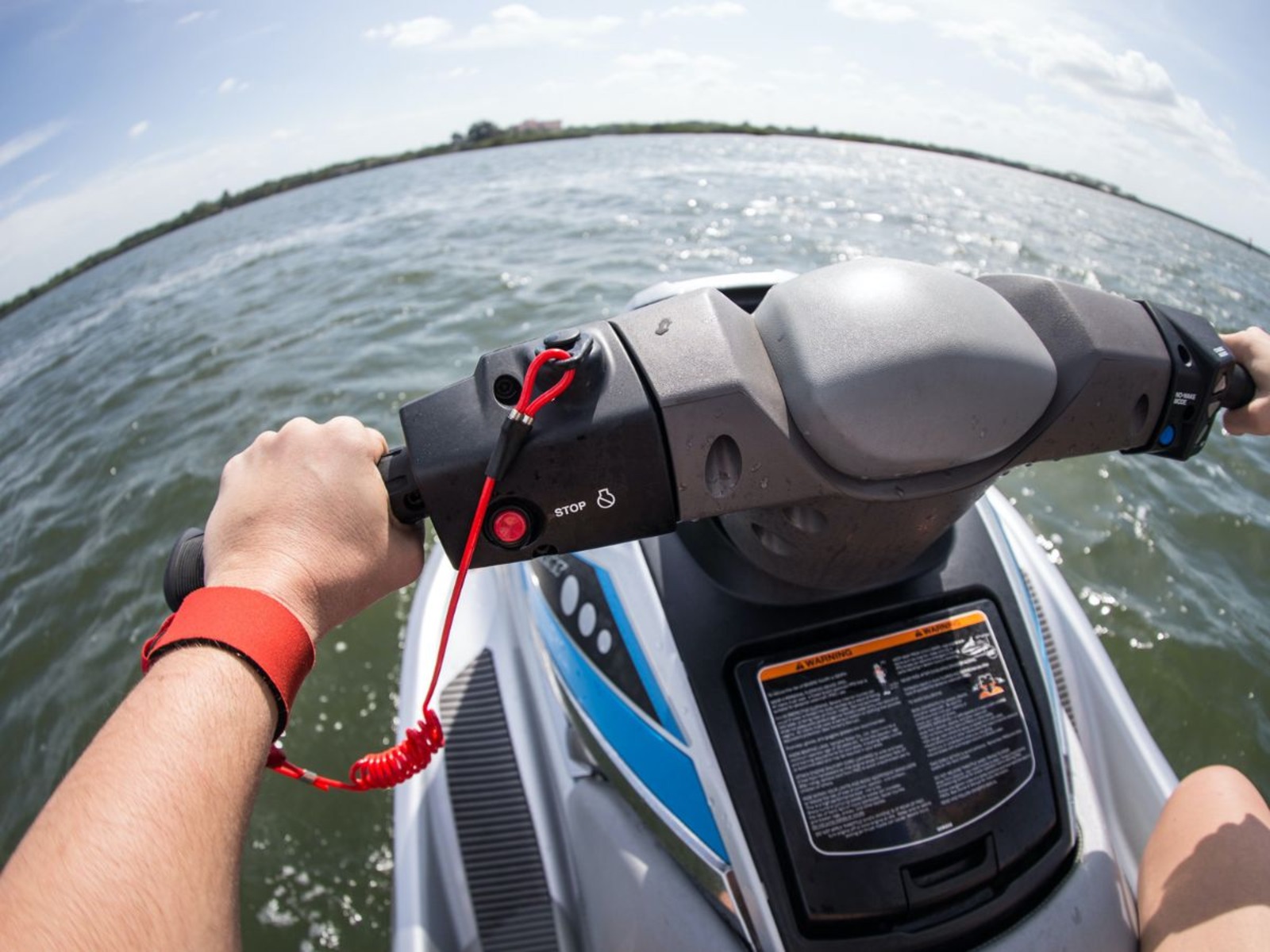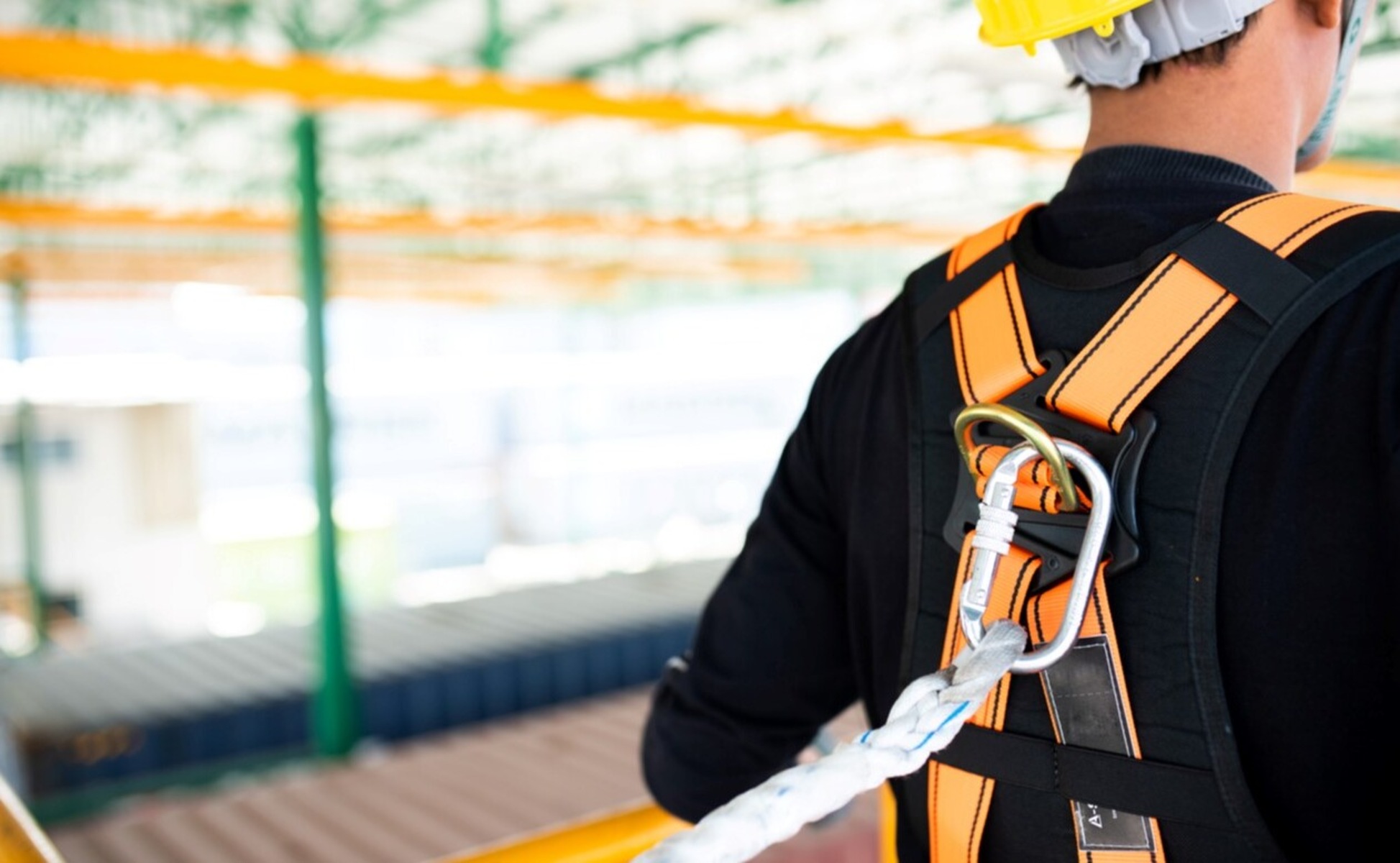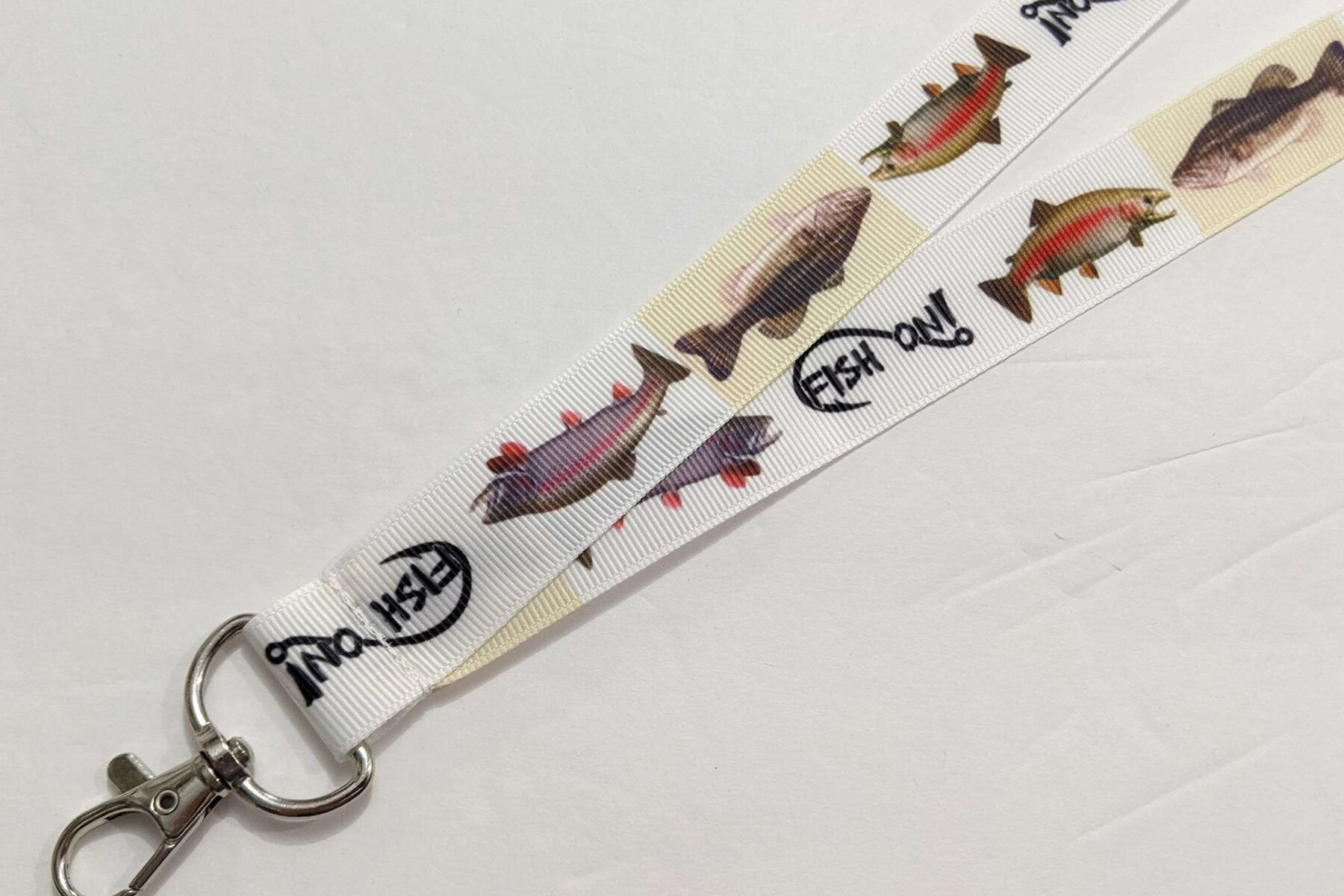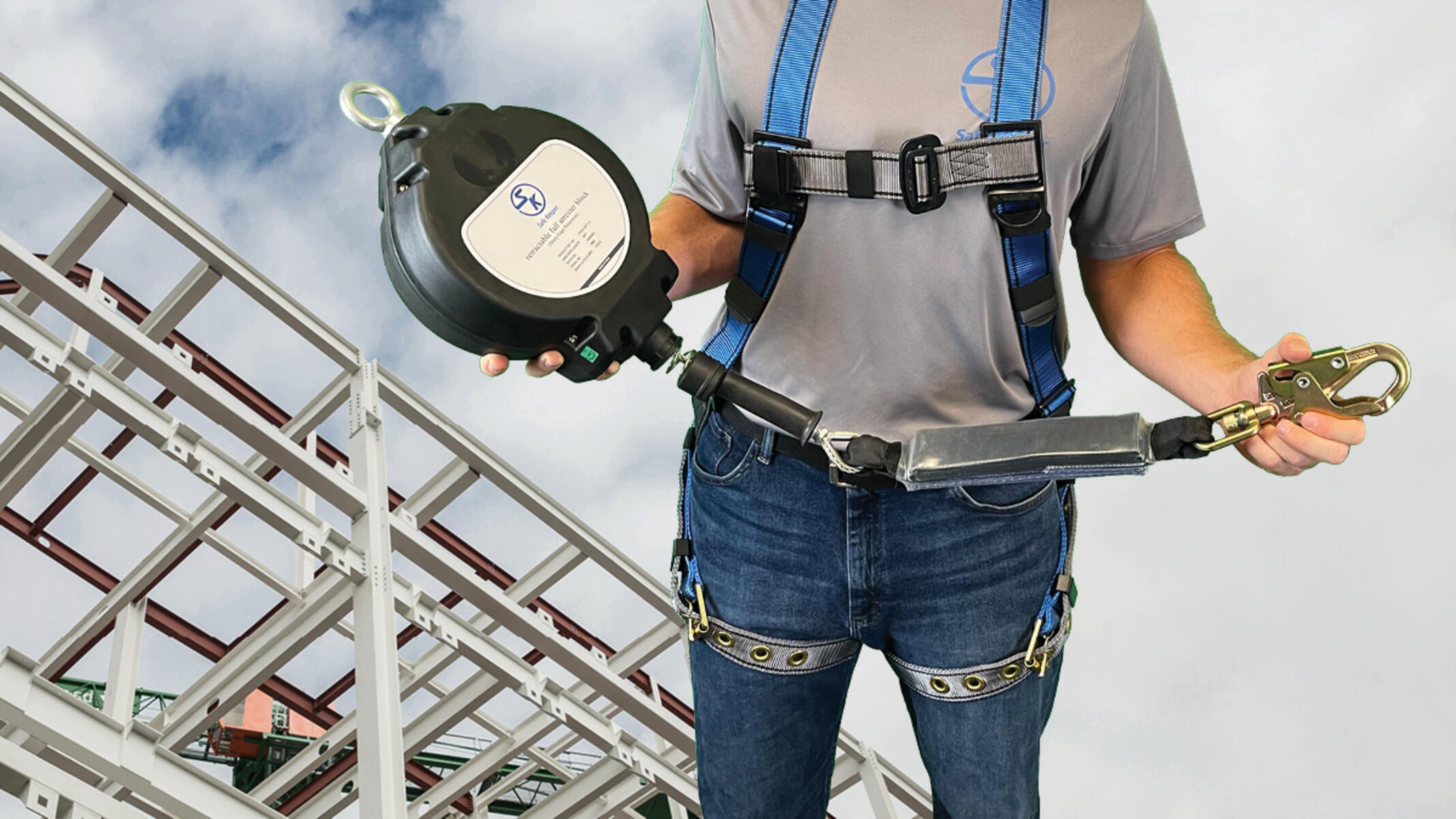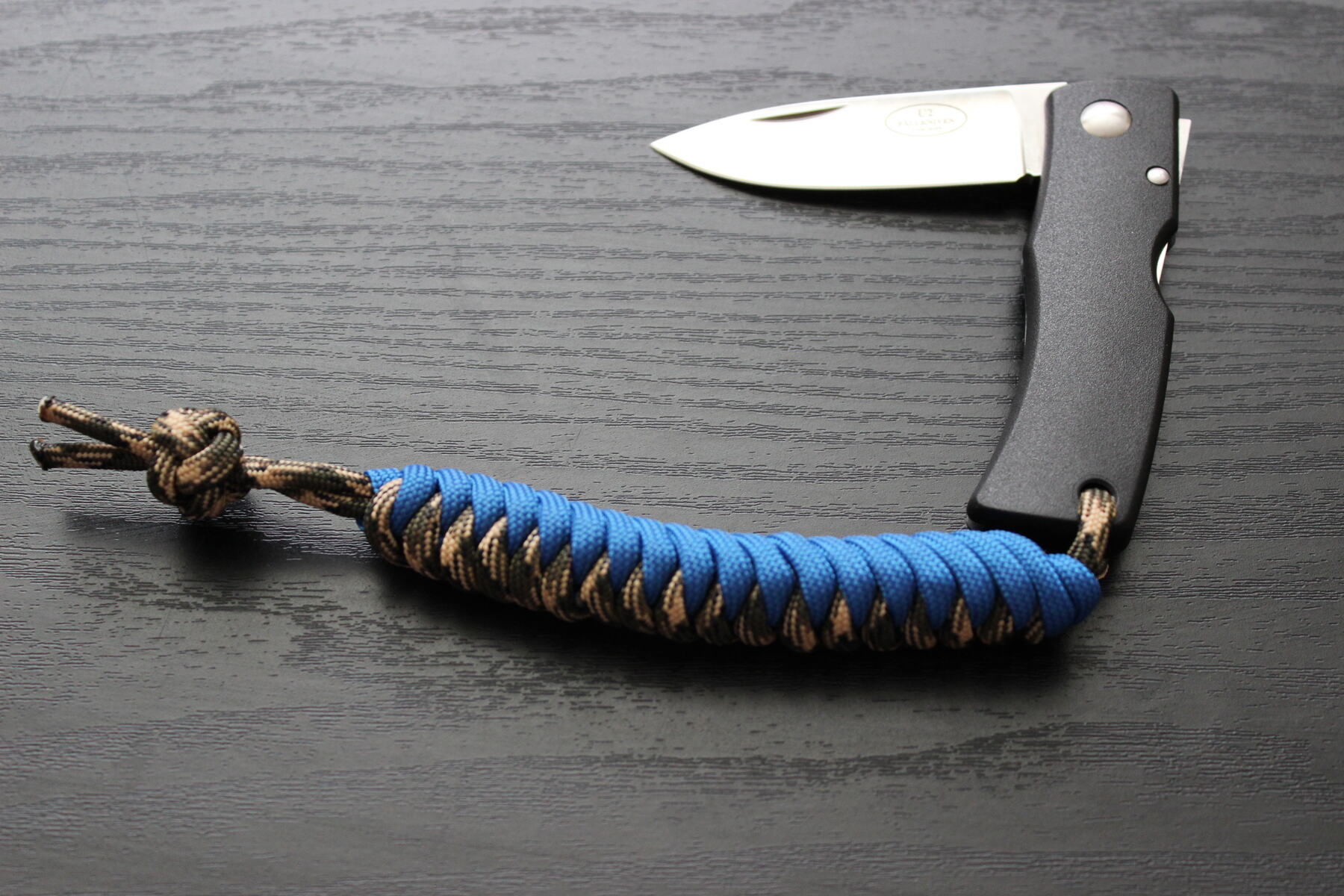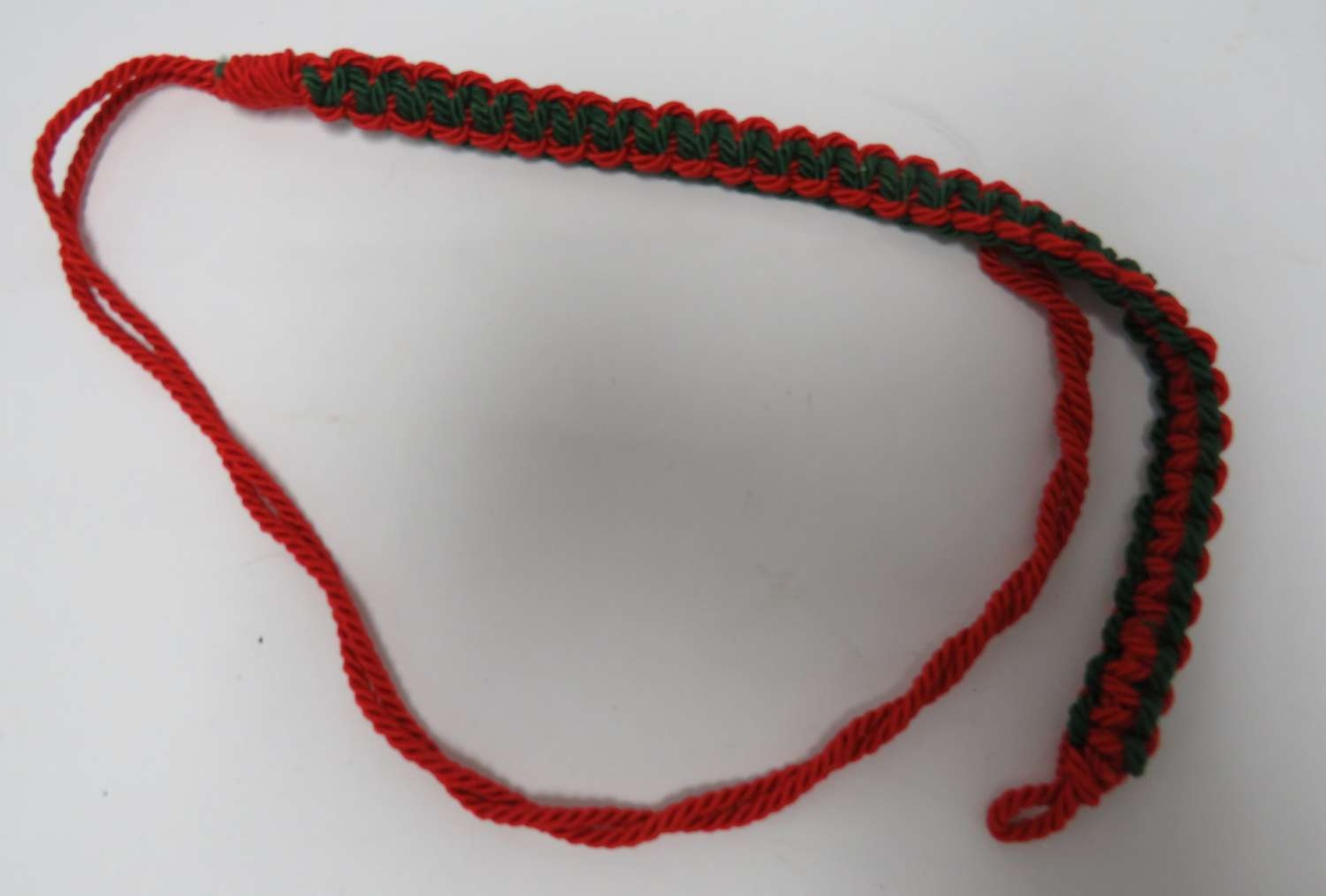Introduction
Boating is an exhilarating and enjoyable activity, offering a perfect escape from the hustle and bustle of everyday life. Whether you are cruising on a serene lake or navigating the open ocean, the thrill of being out on the water is unparalleled. However, amidst the excitement, it's crucial to prioritize safety to ensure a smooth and secure boating experience.
One vital aspect of boating safety revolves around the use of engine cut-off switches. These devices are designed to prevent accidents and mishaps by shutting off the engine in the event of a person falling overboard. Engine cut-off switches, also known as kill switches, have proven to be indispensable in averting potential disasters on the water.
In this article, we will delve into the significance of engine cut-off switches and shed light on the pivotal role of lanyards in enhancing engine safety. Understanding the importance of these safety mechanisms and learning how to utilize them effectively can make a substantial difference in ensuring a safe and enjoyable boating experience for all.
Let's embark on a journey to explore the world of engine safety essentials and gain valuable insights into the role of lanyards in safeguarding boaters and passengers alike.
Importance of Engine Cut-Off Switches
Engine cut-off switches play a pivotal role in ensuring boating safety, serving as a critical mechanism to prevent accidents and protect individuals on the water. These safety devices are designed to shut off the boat's engine in the event that the operator becomes separated from the helm, typically due to a fall overboard. The significance of engine cut-off switches cannot be overstated, as they have been proven to save lives and avert potential tragedies.
One of the primary benefits of engine cut-off switches is their ability to prevent runaway boats. In situations where the operator is unexpectedly thrown overboard or becomes incapacitated, the engine cut-off switch immediately halts the boat's propulsion, mitigating the risk of the vessel continuing to operate without control. This rapid cessation of engine power can prevent collisions with other watercraft, stationary objects, or individuals in the water, thereby averting dangerous and potentially fatal accidents.
Moreover, engine cut-off switches contribute to enhancing overall boating safety by reducing the likelihood of individuals being struck by the boat's propeller. In the absence of an operational cut-off switch, an unmanned and moving boat poses a significant hazard to anyone in the water, including the operator who may be struggling to re-board the vessel. By promptly disengaging the engine, the cut-off switch minimizes the risk of propeller-related injuries, thereby safeguarding the well-being of both the operator and any passengers on board.
Furthermore, the use of engine cut-off switches aligns with regulatory standards and safety recommendations, underscoring their indispensable role in responsible boating practices. Many jurisdictions mandate the use of these safety devices, especially for vessels engaged in high-speed activities such as water skiing, tubing, or wakeboarding. Adhering to these regulations not only ensures compliance with legal requirements but also underscores a commitment to prioritizing the safety of all individuals involved in boating activities.
In essence, the importance of engine cut-off switches cannot be overstated. These safety mechanisms are instrumental in averting accidents, preventing runaway boats, and minimizing the risk of propeller-related injuries. By embracing and promoting the use of engine cut-off switches, boaters can contribute to a safer and more secure on-water environment for themselves, their passengers, and fellow water enthusiasts.
The Role of Lanyards in Engine Safety
Lanyards, often regarded as unassuming yet indispensable components of engine safety, play a pivotal role in enhancing the effectiveness of engine cut-off switches. These simple yet highly effective devices are designed to ensure that the engine is promptly disengaged when the operator is separated from the helm, thereby preventing potential accidents and safeguarding the well-being of all individuals on board.
The primary function of lanyards in engine safety is to serve as a physical link between the operator and the engine cut-off switch. Typically worn around the wrist or secured to the operator's life jacket, the lanyard is connected to the cut-off switch, thereby establishing a vital connection that is activated when the operator moves away from the helm. In the event of an unexpected separation, such as a fall overboard, the lanyard's tension or pull on the cut-off switch triggers the immediate cessation of engine power, effectively halting the boat's propulsion and averting potential dangers.
The design and construction of lanyards are tailored to withstand the rigors of marine environments, ensuring their reliability and durability in diverse boating conditions. These robust and weather-resistant devices are engineered to endure exposure to water, UV radiation, and general wear and tear, thereby maintaining their functionality and effectiveness over extended periods.
Furthermore, lanyards are available in various configurations to accommodate different preferences and operational requirements. From coiled designs that offer flexibility and freedom of movement to straight lanyards that provide a secure and straightforward connection, boaters can select the option that best aligns with their specific needs and comfort.
Emphasizing the significance of lanyards in engine safety is essential in fostering a culture of responsible boating practices. By highlighting the crucial role of lanyards in conjunction with engine cut-off switches, boaters can gain a deeper appreciation for these safety mechanisms and recognize their instrumental contribution to on-water safety.
In essence, lanyards serve as the vital link between the operator and the engine cut-off switch, ensuring that the safety mechanism is activated in the event of an unexpected separation. Their robust construction, diverse configurations, and pivotal role in enhancing engine safety underscore the indispensable nature of lanyards in promoting secure and responsible boating experiences.
Proper Use and Installation of Lanyards
The proper use and installation of lanyards are paramount in ensuring the optimal functionality and effectiveness of engine cut-off switches. When it comes to safeguarding boaters and passengers, meticulous attention to detail in utilizing lanyards is essential for promoting a secure on-water environment.
Selecting the Right Lanyard
Choosing the appropriate lanyard for a specific boating setup is the first step towards ensuring its effective use. Boaters should consider factors such as length, material, and attachment mechanisms when selecting a lanyard. The length of the lanyard should allow for comfortable movement while operating the vessel, yet it should be short enough to prevent entanglement or interference with other equipment. Additionally, opting for durable, weather-resistant materials ensures the longevity and reliability of the lanyard in various boating conditions. The attachment mechanism should be secure and compatible with the boat's cut-off switch, facilitating a robust and dependable connection.
Installation Process
Proper installation of the lanyard involves securely attaching one end to the engine cut-off switch and the other end to the operator's person or attire. It is crucial to follow the manufacturer's guidelines and recommendations during the installation process to ensure the lanyard functions as intended. Care should be taken to avoid any obstructions or potential entanglements that could compromise the lanyard's effectiveness. Boaters should regularly inspect the lanyard and its connections to ensure they remain intact and functional.
Educating Operators and Passengers
An essential aspect of the proper use of lanyards is educating all individuals on board about their significance and correct application. Operators should familiarize themselves with the lanyard's operation and ensure that it is consistently utilized during boating activities. Additionally, passengers should be informed about the purpose of the lanyard and encouraged to adhere to safety protocols. By promoting a culture of awareness and responsibility, boaters can collectively contribute to a safer and more secure boating environment.
Regular Maintenance and Replacement
Boaters should prioritize the regular maintenance and inspection of lanyards to identify any signs of wear or damage. Any worn or compromised lanyards should be promptly replaced to maintain the integrity of the engine cut-off switch system. By routinely assessing the condition of lanyards and addressing any issues proactively, boaters can uphold the effectiveness of these crucial safety components.
In essence, the proper use and installation of lanyards are fundamental in enhancing the functionality and reliability of engine cut-off switches. By carefully selecting, installing, educating, and maintaining lanyards, boaters can fortify their commitment to safety and contribute to a culture of responsible boating practices.
Common Mistakes and Misconceptions
In the realm of boating safety, common mistakes and misconceptions surrounding the use of engine cut-off switches and lanyards can inadvertently compromise the effectiveness of these critical safety mechanisms. Addressing these misconceptions and avoiding prevalent mistakes is paramount in fostering a culture of responsible boating practices and enhancing on-water safety.
Misconception: Lanyards Are Optional Accessories
A prevalent misconception among boaters is the perception of lanyards as optional accessories rather than essential safety components. Some individuals may overlook the significance of lanyards, viewing them as discretionary add-ons rather than integral elements of engine safety. This misconception can lead to inconsistent or negligent use of lanyards, undermining their pivotal role in activating engine cut-off switches in critical situations.
Mistake: Improper Attachment and Securing of Lanyards
Improper attachment and securing of lanyards represent a common mistake that can compromise their functionality. Inadequate fastening of lanyards to the operator's person or attire, or incorrect attachment to the engine cut-off switch, can impede their ability to trigger the disengagement of the engine in the event of an unexpected separation. This oversight poses a significant safety risk and underscores the importance of meticulous attention to detail during the installation and utilization of lanyards.
Misconception: Lanyards Are Only Necessary for High-Speed Boating Activities
Another prevailing misconception is the belief that lanyards are exclusively required for high-speed boating endeavors, such as water skiing or wakeboarding. While regulations may mandate the use of lanyards in specific scenarios, the overarching principle of ensuring operator safety applies to all boating activities. Disregarding the necessity of lanyards in non-high-speed settings can lead to complacency and overlook the potential risks associated with unexpected separations from the helm.
Mistake: Neglecting Regular Inspection and Maintenance of Lanyards
Neglecting the regular inspection and maintenance of lanyards represents a critical mistake that can compromise their reliability. Over time, exposure to environmental elements and general wear can diminish the integrity of lanyards, rendering them less effective in activating engine cut-off switches. Failing to conduct routine assessments and replacing worn or damaged lanyards can undermine the overall safety of the vessel and its occupants.
Misconception: Engine Cut-Off Switches Are Only Relevant in Specific Boating Environments
A prevalent misconception revolves around the belief that engine cut-off switches are only relevant in certain boating environments, such as high-traffic waterways or crowded marinas. This misconception overlooks the unpredictable nature of boating and the potential for accidents to occur in various settings. Engine cut-off switches are universally essential safety mechanisms that can mitigate risks and prevent accidents, irrespective of the boating environment.
Mistake: Inadequate Education and Awareness Among Operators and Passengers
Inadequate education and awareness among operators and passengers represent a common mistake that can perpetuate misconceptions and compromise safety. Failing to communicate the significance of lanyards and engine cut-off switches, or neglecting to instruct individuals on their proper use, can lead to inconsistent adherence to safety protocols. Establishing a culture of comprehensive education and awareness is essential in dispelling misconceptions and fostering a collective commitment to on-water safety.
By addressing these common mistakes and misconceptions, boaters can elevate their understanding of engine safety essentials and cultivate a heightened sense of responsibility towards the effective utilization of lanyards and engine cut-off switches. Embracing a proactive approach to dispelling misconceptions and rectifying prevalent mistakes is pivotal in promoting a secure and conscientious boating culture.
Conclusion
In conclusion, the significance of engine cut-off switches and lanyards in ensuring boating safety cannot be overstated. These essential safety mechanisms play a pivotal role in averting accidents, preventing runaway boats, and safeguarding the well-being of operators and passengers on the water. By promptly disengaging the engine in the event of an unexpected separation, engine cut-off switches, when coupled with lanyards, mitigate the potential risks associated with boating, thereby contributing to a secure and enjoyable on-water experience.
The integration of lanyards with engine cut-off switches serves as a fundamental link between the operator and the safety mechanism, ensuring that the engine is promptly disengaged in critical situations. The robust construction and diverse configurations of lanyards underscore their indispensable nature in enhancing engine safety. Furthermore, the proper selection, installation, education, and maintenance of lanyards are essential components of responsible boating practices, reinforcing their pivotal role in promoting on-water safety.
Addressing common mistakes and misconceptions surrounding the use of engine cut-off switches and lanyards is paramount in fostering a culture of comprehensive education and awareness. By dispelling misconceptions and rectifying prevalent mistakes, boaters can elevate their understanding of engine safety essentials and cultivate a heightened sense of responsibility towards the effective utilization of these critical safety mechanisms.
In essence, embracing and promoting the use of engine cut-off switches and lanyards is integral to fostering a secure and conscientious boating culture. By prioritizing safety and adhering to best practices, boaters can contribute to a safer and more enjoyable on-water environment for themselves, their passengers, and fellow water enthusiasts. Upholding the significance of engine safety essentials, including lanyards, underscores a collective commitment to responsible boating practices and the preservation of a secure and enjoyable boating experience for all.







